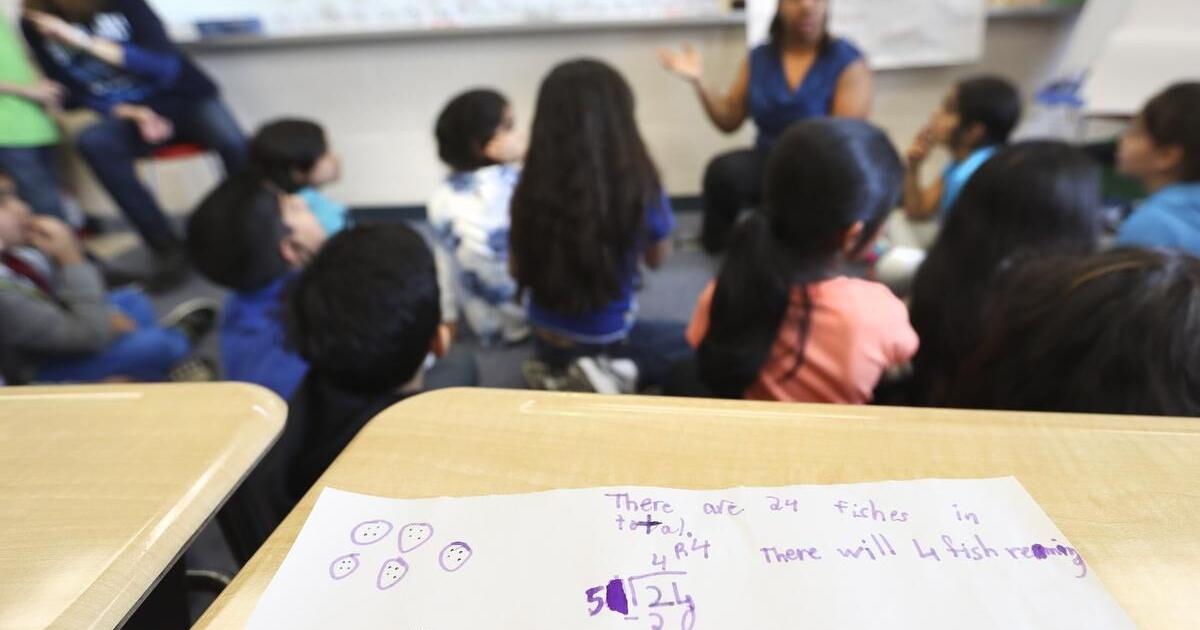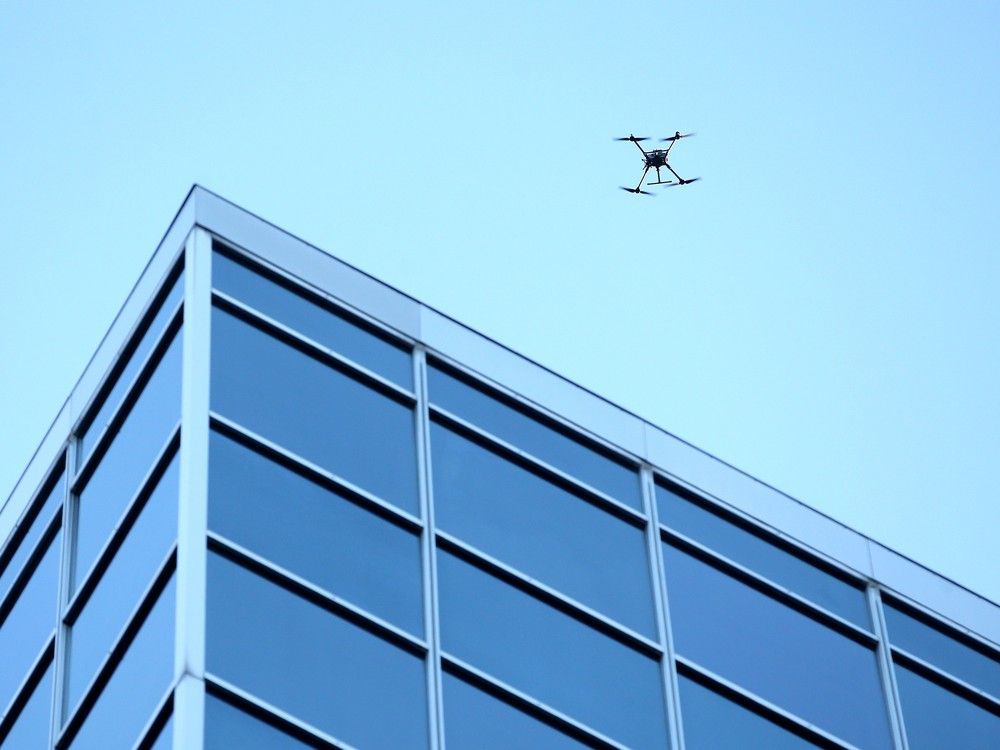
The pigeon flock was acting strange when I arrived at Sparks Street early Monday afternoon.
On a normal day, they usually stroll at my feet, moving only once my foot enters their personal space, gobbling up whatever crumbs public servants and politicians leave at their feet.
Today, I had to duck as a pigeon flew what felt like inches above my head, flying with urgency with the rest of their pigeon compatriots.
I couldn’t hear what they were fleeing, but then again, perhaps pigeons’ senses are more sensitive to the
murmur of drones
.
Nov. 24 was the
first day of an exercise led by Department of National Defence
to “test urban counter-uncrewed aircraft system (CUAS) detection capabilities in a controlled, scientific environment.”
In civilian speak, they were testing if they could track and identify drones that operated in an urban environment.
“The week-long event will bring together defence experts and innovators, Canadian Armed Forces personnel, police and other defence and security allies to evaluate how well detection technologies perform in a complex urban environment,” a DND public service announcement said.
There is something simultaneously Orwellian and normal about our brave new world where drones have become a regular feature of our skylines.
I could imagine a setting under Marshall law, where drones are as constant as pigeons. They serve as a reminder that someone is watching, even when you can’t see the person behind the camera.
Our modern era feels somewhat defined by surveillance without a face. Who is watching can become an unsettling question.
It’s also a reminder of technology’s omniscience, watching behind our shoulder, or indeed, above our heads.
However, it can also feel like an extra security blanket at times, like at
major events like Bluesfest
.
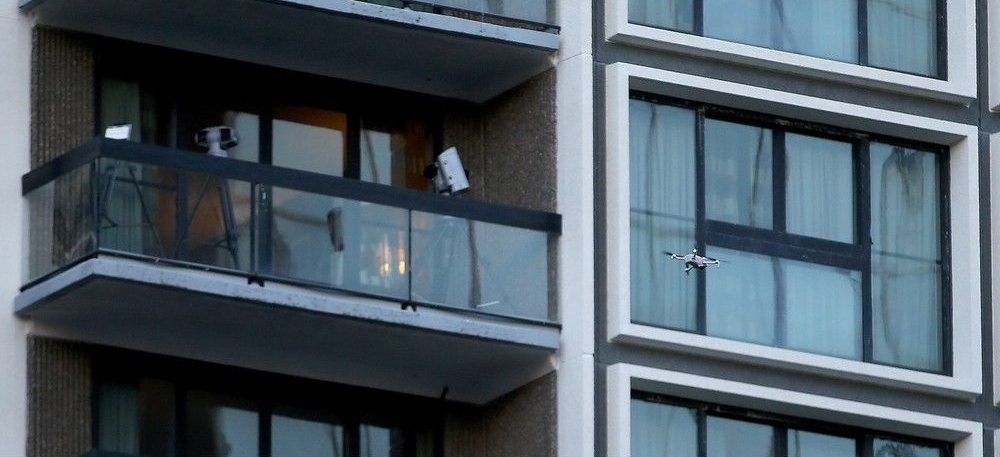
I continued to search for drones up and down Queen, Kent, Sparks and Wellington streets, but couldn’t catch site of one, even with the pigeons acting more anxious than normal.
I decided to take a break from my search and popped into a shop for some food. Maybe drone operators, too, take a lunch break.
The trials by DND are focused on detecting small drones. And these ones weren’t easy to see.
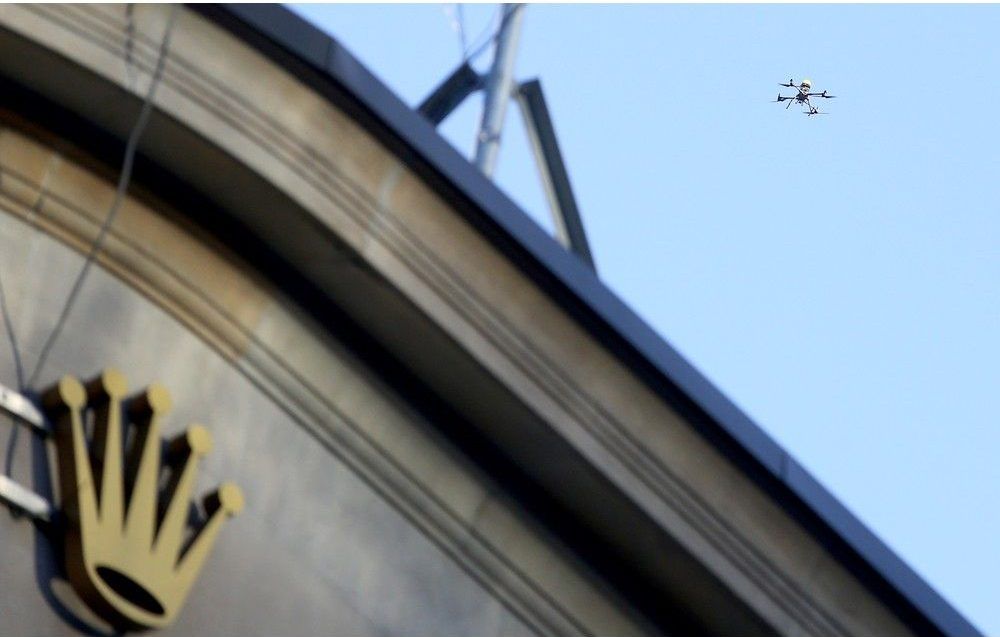
But after lunch, standing at the corner of Bank and Wellington, I finally spotted them. Three drones at varying levels, whipping above buildings.
I followed them down to Sparks Street. One was lower than the rooftop of the Rabbit Hole and Brixton’s British Pub.
Looking down the street, I saw another drone frighten a flock of pigeons as the flying robot violated their airspace.
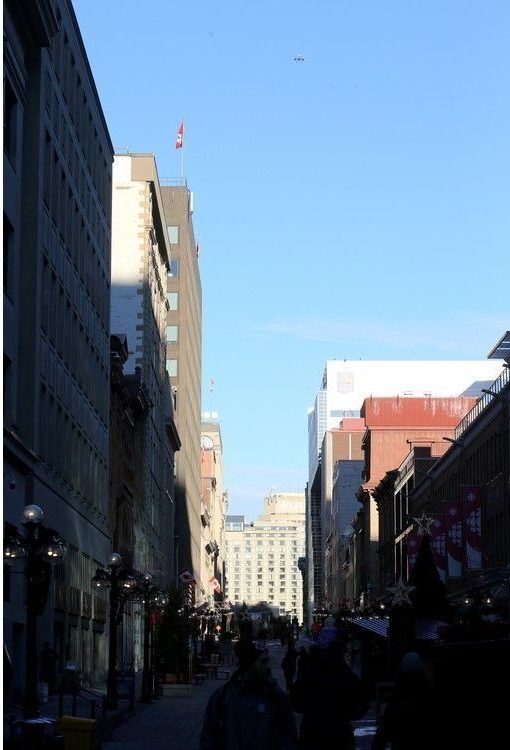
And for the public servants, political staffers and politicians walking to their next meeting on Parliament Hill? Well, it seemed business as usual, without worry of drones crashing from the sky.
“All technologies being tested are safe to operate in the presence of people and pose no risk to the public,” the DND public service announcement said.
DND continued to add that the exercise is only for “drone detection” and that a “detect-only approach means drone destruction is not permitted during testing.”
The drones will remain around downtown until Friday, operating one evening that DND did not specify.
In the meantime, if you happen to be downtown on those days, look up.
Related
- Look up: Military drones to be tested over downtown Ottawa
- Ottawa police flying drones at CityFolk, Bluesfest worries surveillance experts



